In order to design a complete canteen experience focused on people, the project lasted a year, and it has been developed in two major phases:
1/ Investigating and understanding the current perspective of canteens.
2/ Design solutions, improvements and test it in the real world, with real kids.
1/ Investigate and understand the current perspective of canteens:
The first thing we needed was to understand the ecosystem that surrounds the service, from the kid’s experiences, their parents, grandparents, teachers and the school in general, to the Askora staff: supervisors, nutritionists, canteen assistants, chefs, etc. So we could better understand the experience.
Getting to know experiences, opinions and current relationships with the canteen was fundamental. But there is a limit to how much you can learn from interviewing people, as experiences are experiential, and one must live them. To achieve so, throughout the month of June 2016 Alex was “infiltrated” working for Askora, doing all the different roles within the team.
She worked as a kitchen assistant, canteen assistant, as well as being responsible for the cleaning of most of the canteens run by Askora. The aim was to understand first hand all the underlying needs of the team, understand the work pace, emotional flows and daily issues. For example, to understand that it is almost impossible to be in a good mood at work when one should wear a horrible uniform as the canteen assistants had to do. Understanding that when the service begins, it is a moment of great tension that predetermines the service etc.


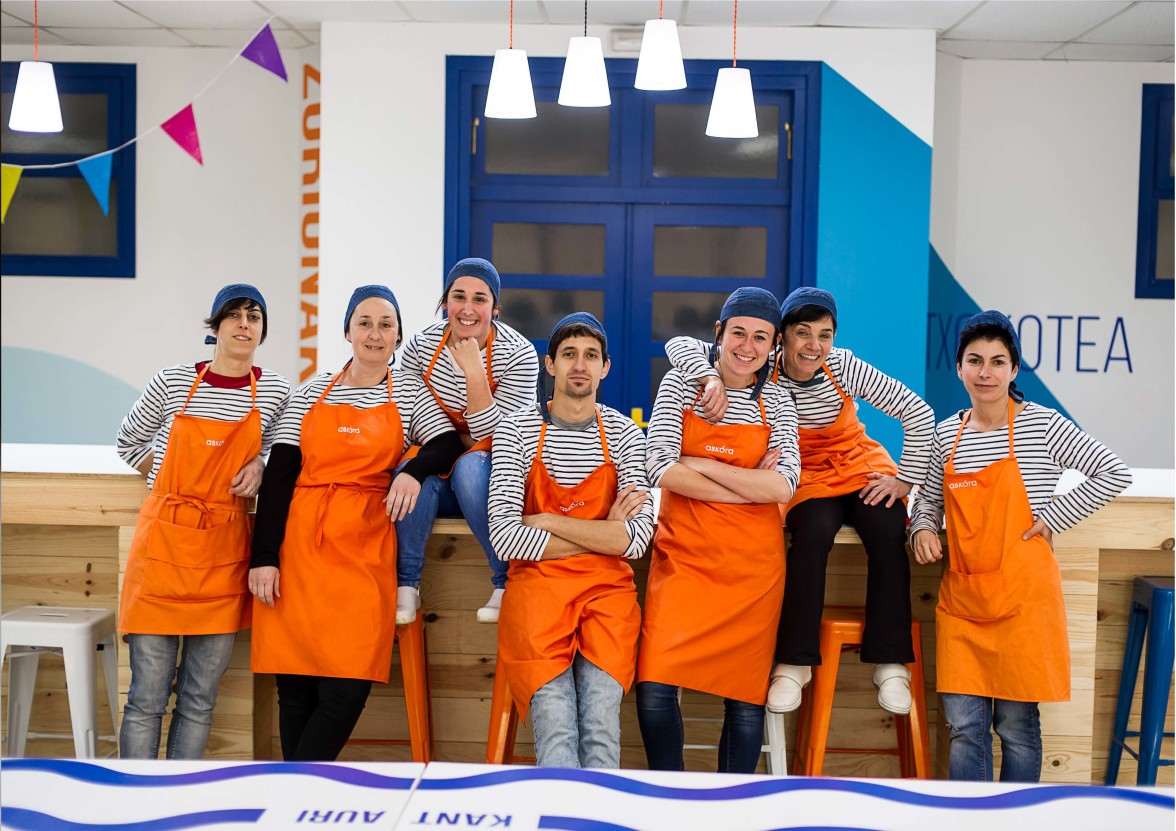
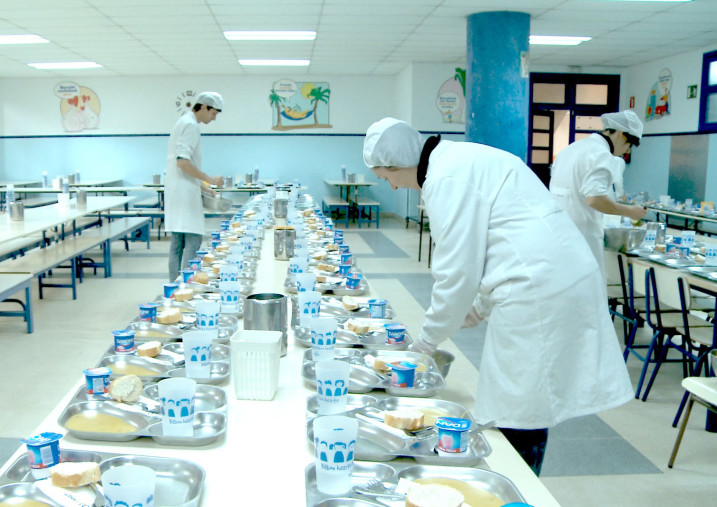
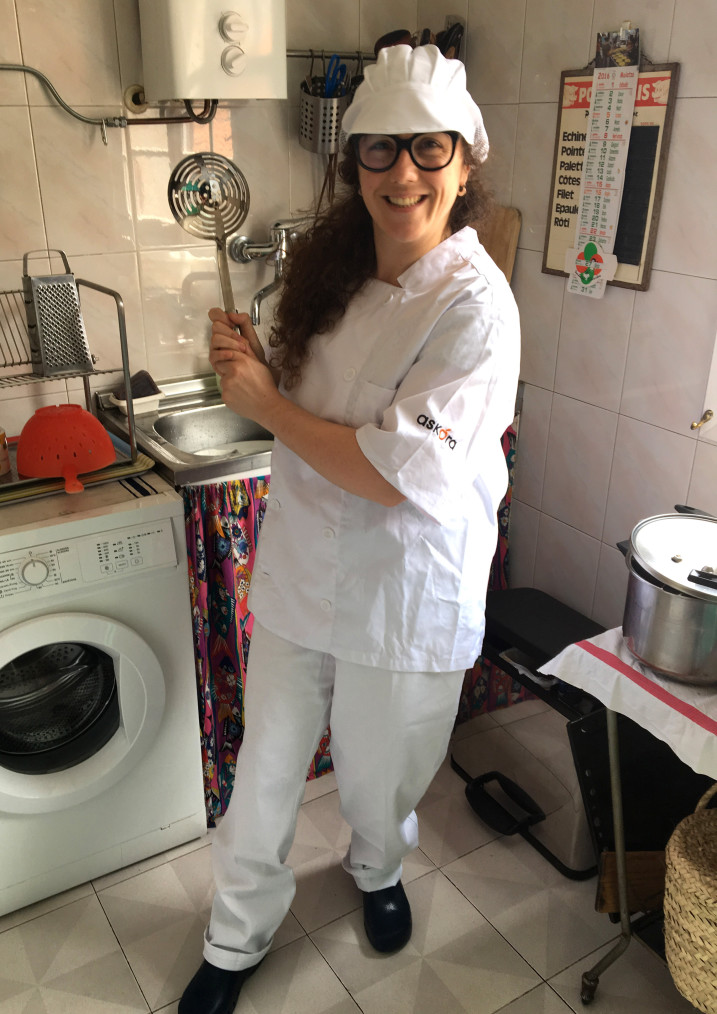
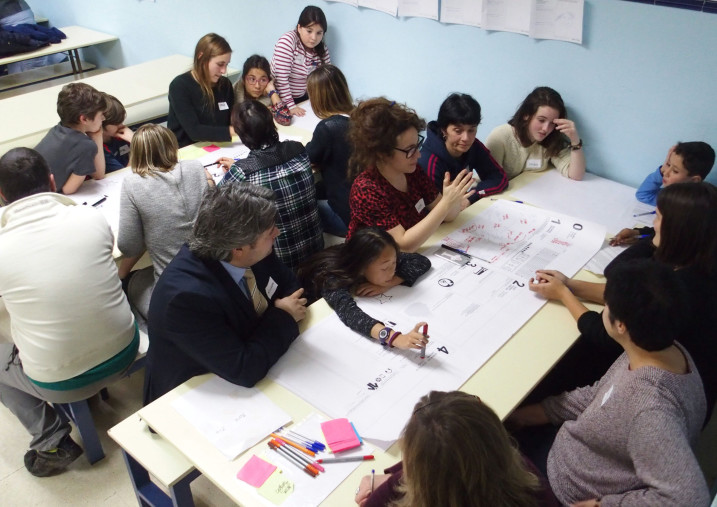
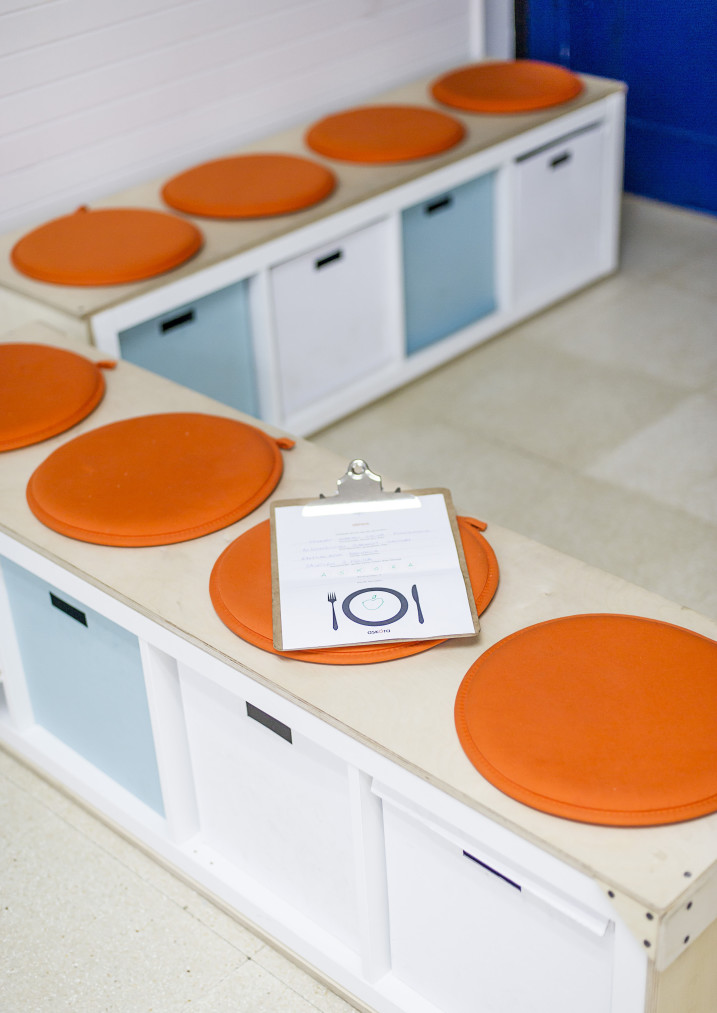
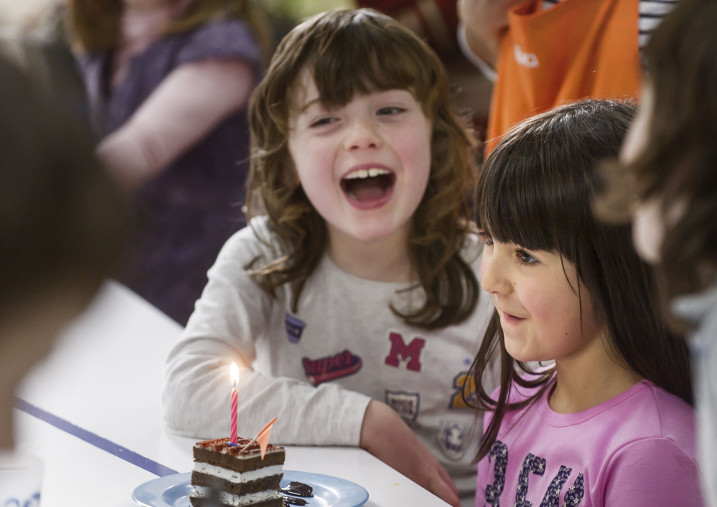
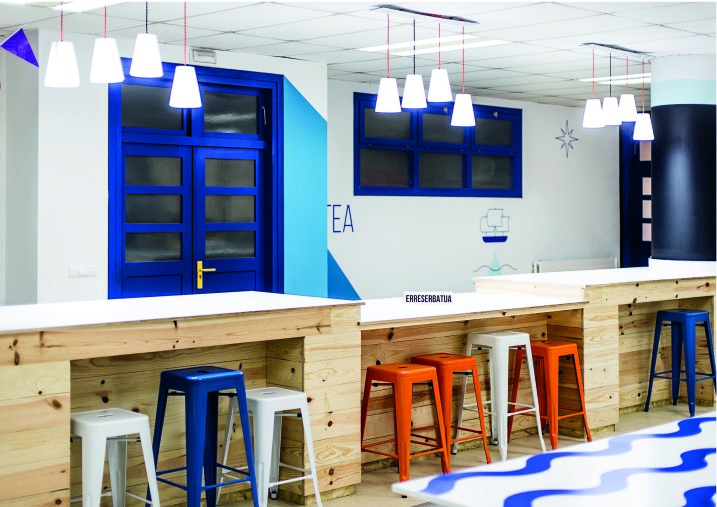





Share your thoughts
0 RepliesPlease login to comment